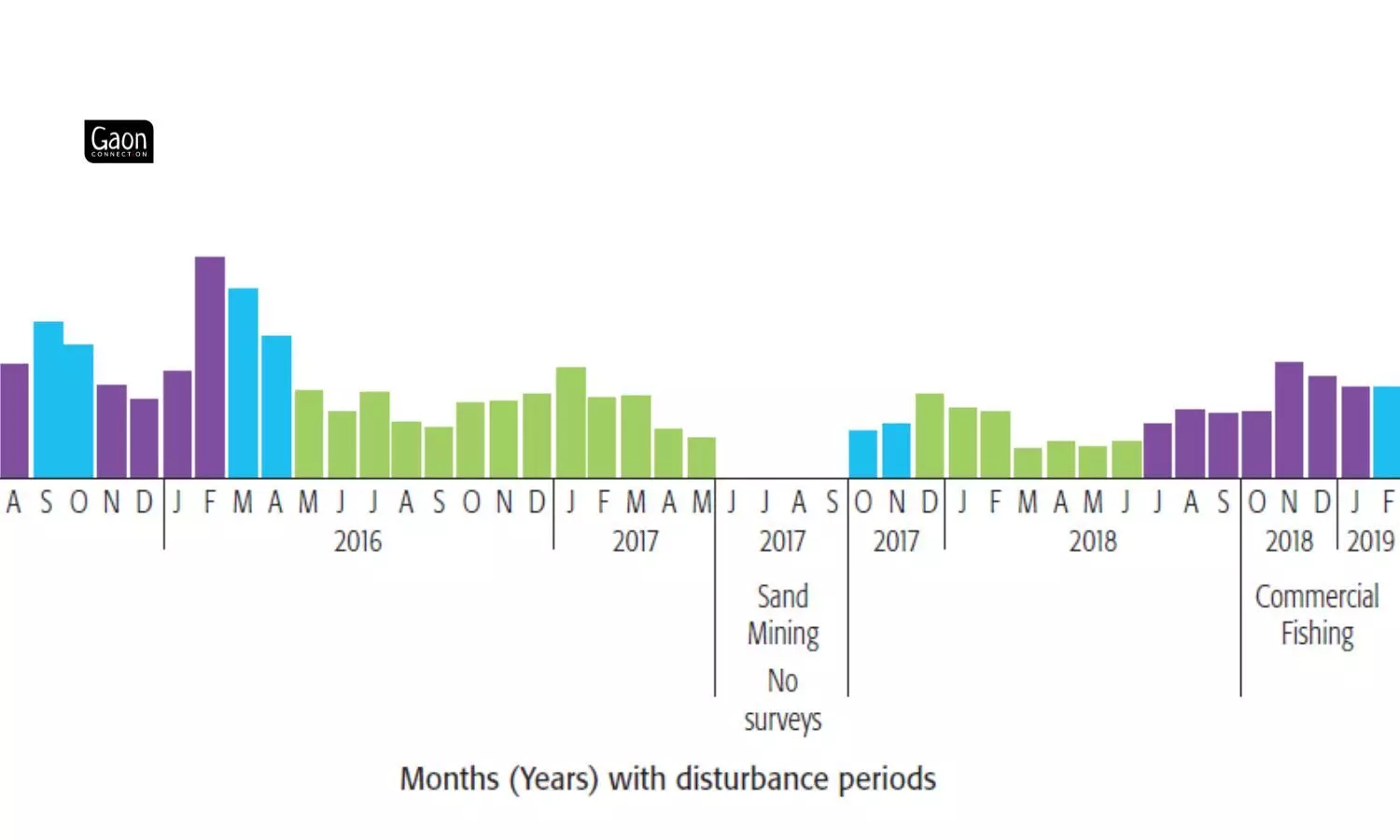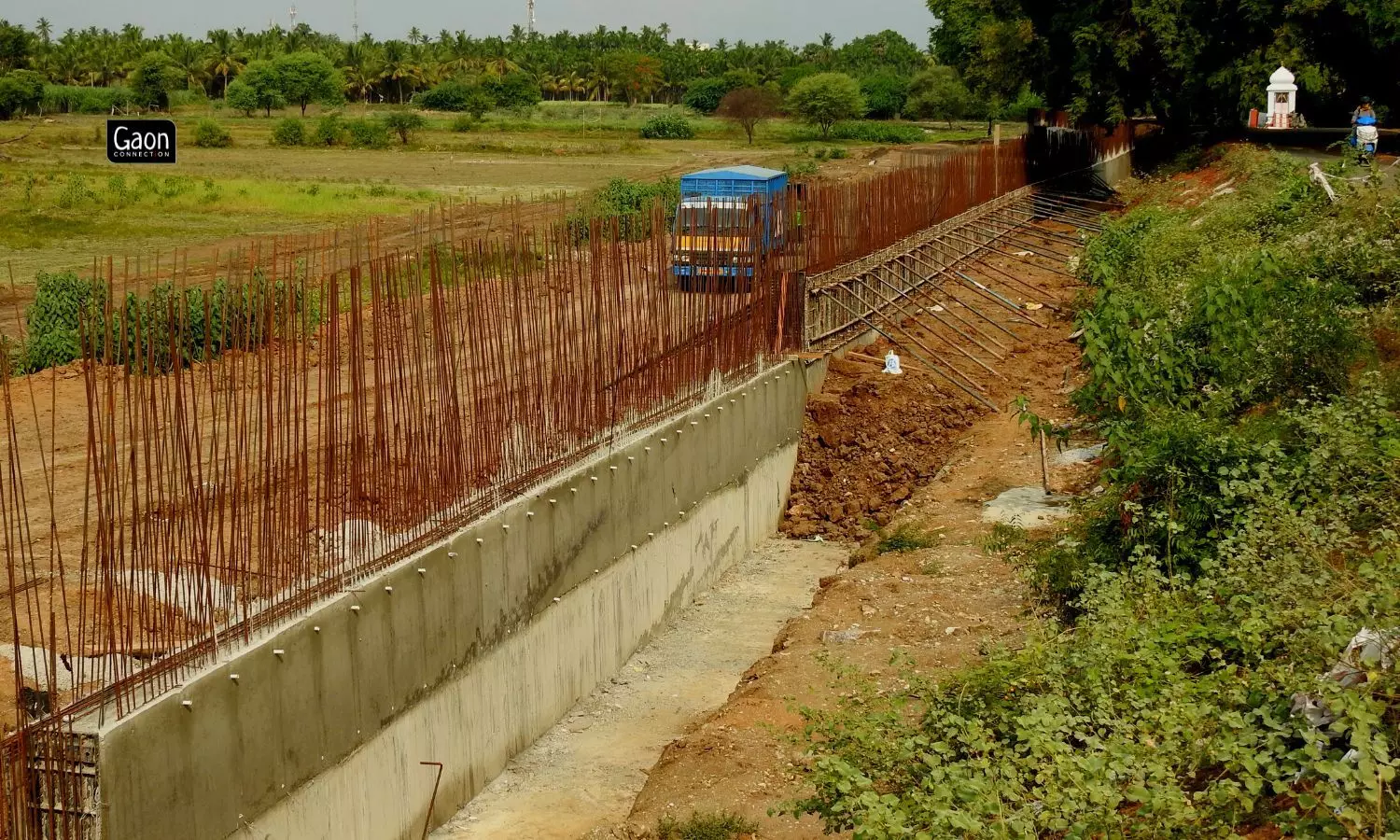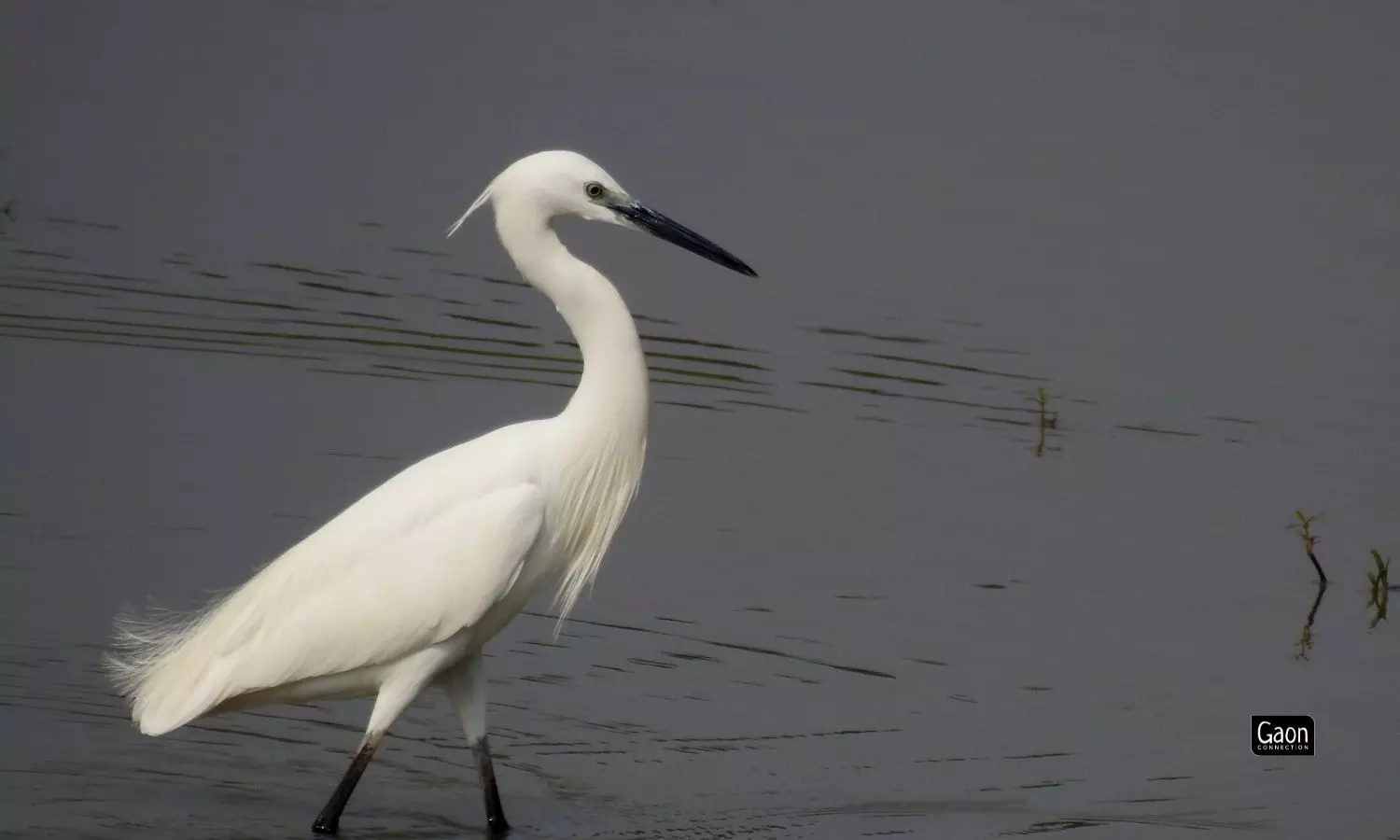Coimbatore, Tamil Nadu
It rained buckets one night and a vacant plot of land next to where we live in Coimbatore turned into a shallow lake. The nights thereafter were filled with an orchestra of frogs and insects and astonishing bird activity. I wish I knew their names, but to my untrained eyes they look excited, confused and so busy.
“Water has the power to transform the environment,” said R Parameswaran, a birder of the city since 2012. But he is worried that the bird population at large in Coimbatore, and in particular in Perur Lake, is on the decline.
He should know as he along with members of a lake forum, Sai Vivek, R. Sivashankar, R. Vridhi, Prakash.G, Dilip Joshi, Gajamohanraj, Chetankumar Joshi, and Sharang Satish wrote a paper on the declining bird population in the vicinity of the lake.
The study about the 250-acre Perur-Sundakamuthur Lake, Coimbatore has concluded that human activities in the lake from June 2017 onwards has resulted in the rapid decline of common waterbirds.
Also Read: Nature Is The Best Teacher
These declines varied from 41 per cent to 100 per cent, meaning there are some birds like the Indian Spot-billed Duck, Garganey and Wood Sandpiper, disappearing altogether. These findings were published on 27 October 2023 in Indian Birds, a peer-reviewed scientific journal.

The declines varied from 41 per cent to 100 per cent, meaning there are some birds like the Indian Spot-billed Duck, Garganey and Wood Sandpiper, disappearing altogether.
Perur, An Ancient Lake
The Perur Lake is an old old one. Said to be one of the many lakes in this region commissioned by the Chola kings in the 8th and 9th century near the Noyyal river. They were all interlinked (about 30 lakes) and meant to catch the river runoffs and the rainwater.
These water bodies also became home to a rich variety of birds, both migratory and endemic. But, not any more.
“Did you know that 20 years ago there were 600 wetlands in Chennai and barely 30 exist now,” asked Parameswaran. Encroachment has snatched the home of the flora and fauna and the cavalier building activities are ringing a death knell for bird life, he said.
“We will be where Chennai is, if something urgent is not done. Some of the damage is already irreversible,” he rued.
Sai Vivek, also a member of the Perur Lake Forum, explained what exactly had led to the decline in the bird population at the lake.
“This is one of the lakes that is relatively cleaner as no sewage is let into it. I remember when I first went there in 2011, there was just a small bund and one walked around that. There was perhaps only space for a cycle or a scooter to use that path,” he recalled.
But over the years things changed. According to Vivek, in 2015-16 there was very poor rainfall and the lake completely dried up.

A steep decline in waterbird population indicates a wetland whose ecosystem functionality is severely compromised.
“People decided it was a good time to ‘clean’ the tank and they mined it for sand for all they were worth. In the process the natural islands in the lake where the birds roosted and nested were also levelled off it and it was turned into a huge trough or water, when it rained again and the lake filled up,” Vivek said.
No place for birds
What transpired after that was exactly what Parameswaran feared the most. The lake was cut into, land was taken from it to build a broader road and a concrete retaining wall was built around it. “So now the natural shores and the natural islands are gone. There is no place for birds,” he said.
Also Read: Bird by Bird: A village in Maharashtra sets an example in biodiversity conservation
“Common waterbirds and their population are the anchors that signify a healthy wetland. A steep decline in waterbird population indicates a wetland whose ecosystem functionality is severely compromised. If such declines are left unaddressed, then their degradation might be irreversible, resulting in the loss of quality of life to the general public,” Parameswaran said.
The birders worry that everything has gone off kilter. They fear that the ecosystem has been desecrated. There is commercial fishing with fishers introducing new varieties of fish that sell better. “And in a competition for fish between birds and humans, you know who will win,” Vivek said.
The birders in their report elaborate how wetlands are a safe harbour for birds, they store water for agriculture, control floods, purify water and recharge ground water.
Nurturing Wetlands
The only way to mend fences with the environment would be to nurture these wetlands rather than steal from them, and encourage bird enthusiasts to undertake systematic and regular surveys to monitor their health with the local, state and central authorities playing a proactive role.
Parameswaran and his team firmly believe that citizen-initiated scientific surveys that collect valuable baseline data for scientists, lawmakers, and other responsible officials, will help make informed decisions in managing sensitive ecosystems.

The birders worry that everything has gone off kilter. They fear that the ecosystem has been desecrated.
Parameswaran pointed out how even a small loss of wetland can cause a huge impact environmentally. He once again gave the example of the terrible flooding happening time and again in Chennai.
“But then, just as you pointed out, a short spell of rain, some water on the land and lo and behold the birds come back,” he said. All it takes is mindfulness, he concluded.




















